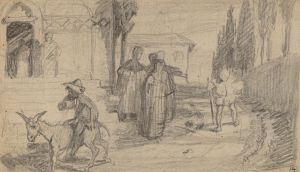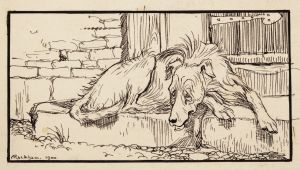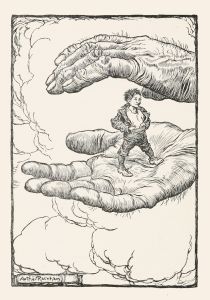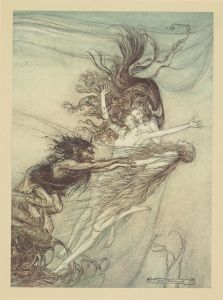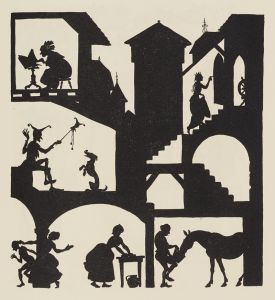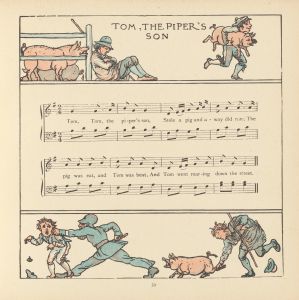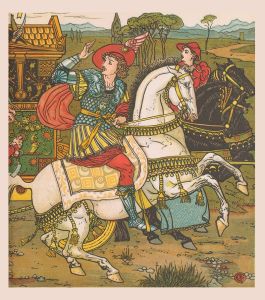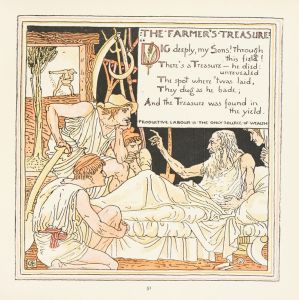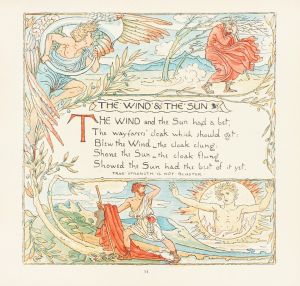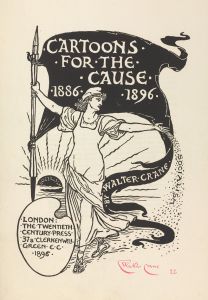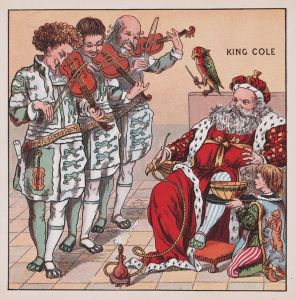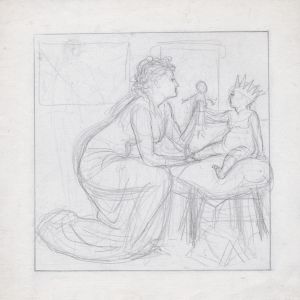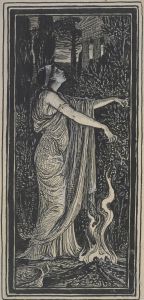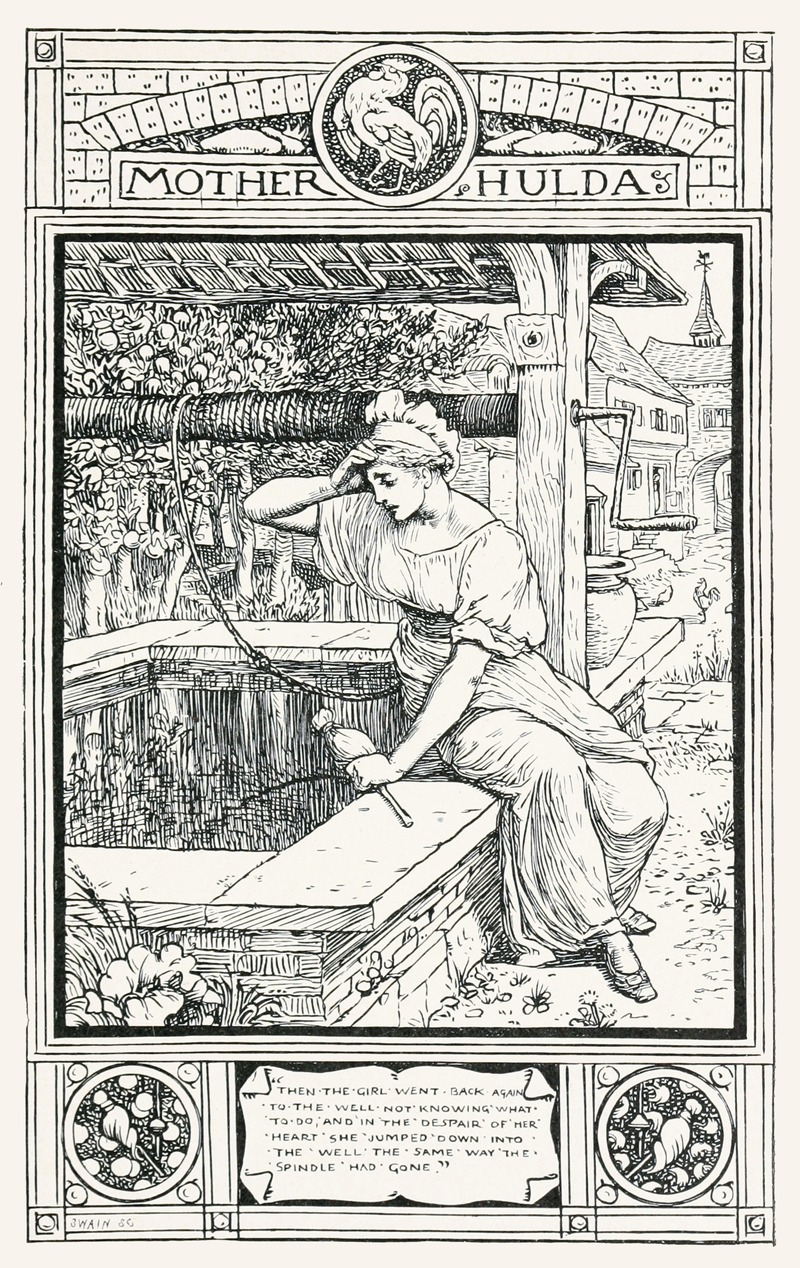
Mother Hulda
A hand-painted replica of Walter Crane’s masterpiece Mother Hulda, meticulously crafted by professional artists to capture the true essence of the original. Each piece is created with museum-quality canvas and rare mineral pigments, carefully painted by experienced artists with delicate brushstrokes and rich, layered colors to perfectly recreate the texture of the original artwork. Unlike machine-printed reproductions, this hand-painted version brings the painting to life, infused with the artist’s emotions and skill in every stroke. Whether for personal collection or home decoration, it instantly elevates the artistic atmosphere of any space.
Walter Crane's "Mother Hulda" is an illustration created by the renowned English artist and book illustrator Walter Crane (1845–1915). Crane was a leading figure in the Arts and Crafts Movement and is celebrated for his contributions to children's book illustrations and decorative arts. His works often featured intricate designs, vivid colors, and themes drawn from mythology, folklore, and fairy tales.
The illustration "Mother Hulda" is based on the German fairy tale of the same name, collected by the Brothers Grimm and first published in their collection "Grimm's Fairy Tales" in 1812. The story of Mother Hulda (or Frau Holle in German) revolves around themes of hard work, kindness, and justice. It tells the tale of two sisters—one industrious and kind, the other lazy and selfish—and their encounters with the mystical figure of Mother Hulda, who rewards or punishes them based on their behavior.
Walter Crane's depiction of "Mother Hulda" is characteristic of his artistic style, which often combined elements of Pre-Raphaelite aesthetics with the decorative qualities of the Arts and Crafts Movement. His illustrations frequently incorporated floral motifs, flowing lines, and a harmonious balance of composition. In "Mother Hulda," Crane captures the essence of the fairy tale, portraying the magical and moralistic elements of the story with elegance and attention to detail.
The illustration was likely created as part of Crane's work on children's books or fairy tale collections, which were immensely popular during the late 19th century. Crane's ability to bring stories to life through his art made him a favorite among publishers and readers alike. His works not only entertained but also reflected the Victorian era's interest in moral education and the revival of traditional craftsmanship.
While specific details about the publication or context of "Mother Hulda" may not be readily available, it is consistent with Crane's broader body of work, which sought to make art accessible and meaningful to a wide audience. His illustrations continue to be admired for their artistic merit and their role in shaping the visual culture of children's literature.
Walter Crane's legacy as an illustrator and designer remains significant, and "Mother Hulda" stands as an example of his ability to interpret timeless stories through his distinctive artistic vision.





